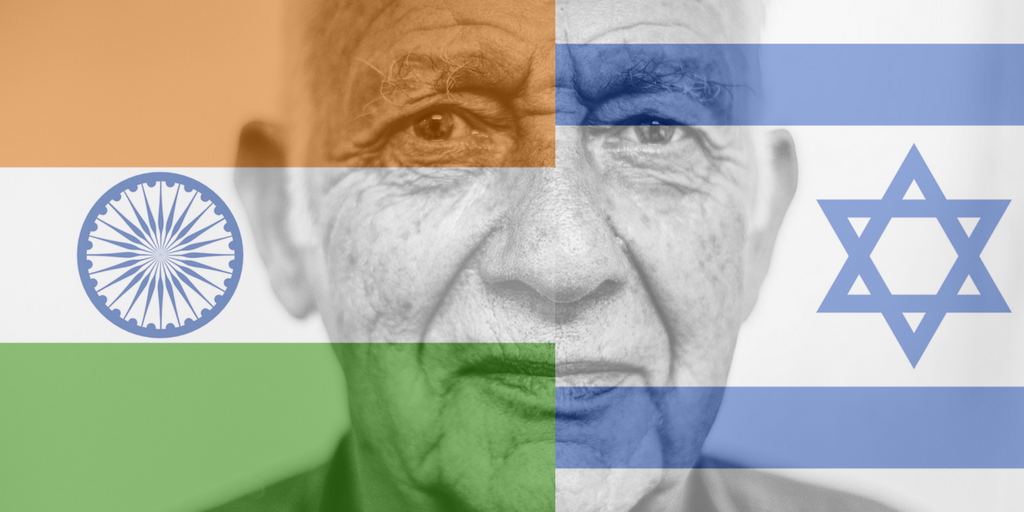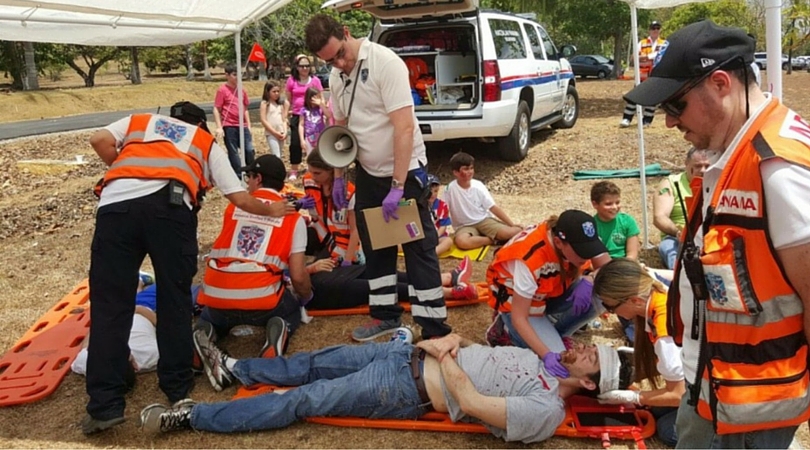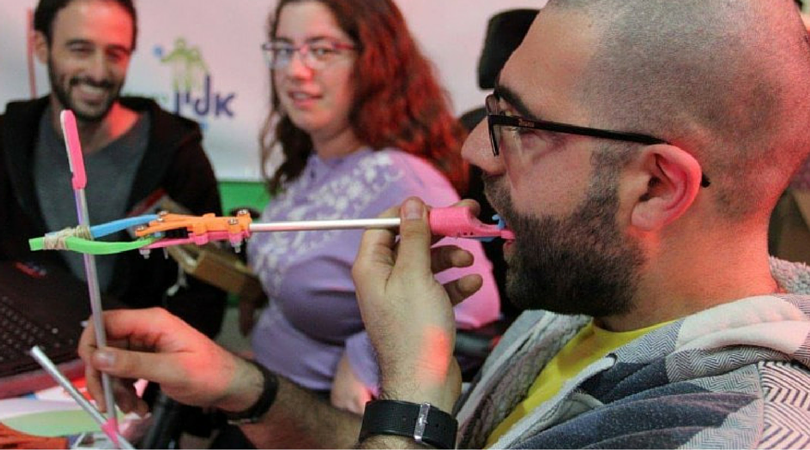Moebius Medical based in Israel has signed an exclusive global licensing deal with India’s Sun Pharmaceutical Industries Ltd. The deal involves the development of MM-II, a novel pharmaceutical candidate geared for the treatment of pain in osteoarthritis. According to Israel21C “MM-II is a non-opioid product that leverages the physical properties of proprietary liposomes to lubricate arthritic knee joints, to reduce friction and wear, and pain in the joints.”
Moebius Medical CEO Moshe Weinstein said, “The fact that our novel technology was conceived in Israel and developed within the RAD Biomed Accelerator, confirms the unique quality of the country’s biotechnology ecosystem. In fact, our technology was borne from the multidisciplinary cooperation between leading professors from three of Israel’s most prestigious research institutions: Prof. Yechezkel Barenholz of the Hebrew University, Prof. Izhak Etsion of the Technion Institute, and Prof. Dorit Nitzan of Hadassah Medical Center. I would especially like to thank Prof. Barenholz for his ongoing support of the company, together with Dr. Yaniv Dolev, whose vision and leadership in the company helped bring this partnership to fruition.”
MM-II is an intra-articular biolubricant injection. The product is being developed to provide symptomatic relief of mild-to-moderate osteoarthritis pain. MM-II is based on patent-protected technology licensed by Moebius Medical from the Hebrew University of Jerusalem, Technion Israel Institute of Technology and Hadassah Medical Center.
Sun Pharma Global Head of Business Development Kirti Ganorkar said, “Our agreement with Moebius Medical for an osteoarthritis product is a part of our effort to build a branded product pipeline and enrich our global portfolio for pain products. We are encouraged to further develop MM-II and hope to bring a new innovative treatment to patients suffering from osteoarthritic pain.”
The agreement stipulates that Sun Pharma will fund further development of MM-II, and undertake its global commercialization. Moebius Medical has already completed a first-in-man clinical study at Hadassah Medical Center. The trial demonstrated the product’s quick action and potentially better results and relative safety for alleviating osteoarthritis pain as compared to Hyaluronic Acid injection.
Moebius Medical will conduct the requisite pre-clinical studies, and will be responsible for product development and manufacturing until the end of Phase-II studies. Mumbai based Sun Pharma will assume responsibility for further clinical studies, regulatory submissions and product commercialization.
[huge_it_share]








